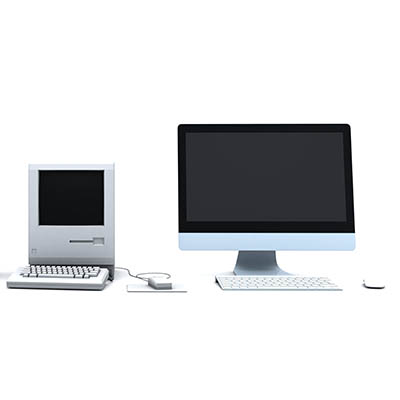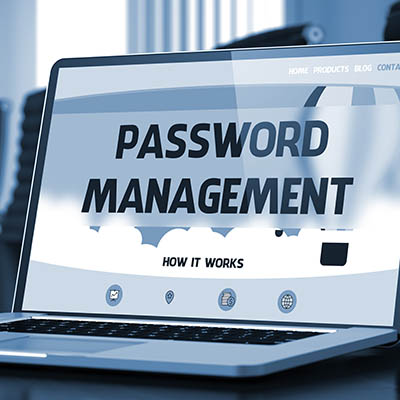Patches are a critically important aspect of your technology. As a result, you need to be sure that yours are managed properly. We have three tips to share so you can optimize your patch management processes.
I don’t think we’re going too far out on a limb when we say that the Internet is one of the most amazing inventions ever concocted by humans. 50 years ago, the precursor to the Internet, ARPANET was launched by the U.S. Department of Defense at four west coast universities, changing the way people shared data forever. Let’s take a look at ARPANET and how it grew into the Internet we all use constantly today.
Passwords are hard to remember – there’s no denying that. However, there is also no denying how important it is to use different ones for each account, all sufficiently complex, and all the rest. The point is, a lot of people use bad password practices because (to be frank) good password practices are too intimidating. There has to be some kind of acceptable middle ground… right?
As any business owner knows too well, a budget is a very finite thing – and this can seem to be doubly the case when trying to budget for your business’ technology. Fortunately, there are also a few ways that technology can help you save some capital. Here, we’re offering some tips to help you reduce the financial toll of your business’ IT.
Your employees are your greatest asset, which means that they need to be carefully managed and maintained, just like any of your other productivity-boosting assets. The difference is, your employees aren’t just another solution – they’re human beings, and as such, they aren’t tirelessly motivated. In fact, if your employees aren’t treated properly, they could… burn out.
Small business owners have a lot on their minds and a ton of responsibilities that the average employee doesn’t have. Small businesses often force business owners into taking on various roles that may or may not fit their specific skill set, including CIO or CTO. Of course, the Chief Information Officer and Chief Technology Officer are responsible for technology-related decisions, but the reality of the matter is that you only want technology professionals in these roles… not just professionals who happen to be the most knowledgeable folks in your office.
If your business is in retail, you’re going to need a Point-of-Sale (also known as a POS) system. This is a common device in businesses that directly sell to their clients and customers, as it can do a lot to assist these businesses as they manage their processes. As you seek out a POS system for your business, you’ll likely be looking for (and avoiding) certain features.
Useful collaboration tools can alter a business significantly by enabling cooperation that is impossible without them. How exactly these tools fit into your business is a whole other matter. Today, we’re going to talk about how you can integrate some pretty great collaboration tools without turning your business upside down.
Downtime is a killer for any business. When a business is forced into confronting its technology support deficits, it usually means that they’ve been dealing with too much broken technology and downtime, and the costs associated with it. One way your business can avoid losing huge chunks of time to broken technology is to add a professional help desk to support your IT administrator.
Businesses use servers and servers are very expensive. They are expensive to build and to maintain. Since most servers have top-of-the-line hardware inside them, and are only used for one purpose, a lot of a server’s available resources are left dormant, essentially wasted. The virtual machine allows expensive server hardware to host multiple virtual servers, allowing any business to get more out of its IT investments. Let’s take a look at the virtual machine and its uses.










